Nepal has faced natural disasters, environmental catastrophes and disease outbreaks in the past. The devastating earthquake of 2015, the current COVID-19 pandemic, diarrheal outbreaks in different parts of the country, and seasonal landslides and floods are some important events that have had a significant impact on the health system of the country in recent years. Following two major shocks – the 2015 earthquake and COVID-19 – the discussion on resilient health systems has gained momentum among the scientific community, policy-makers and programme implementers.
Coming at a time when the country was making the transition from a unitary to a federal structure with the first elected government following the new constitution in 2015, the COVID-19 pandemic tested the capacity of the health system. The country (of approximately 30 million people) reported 1 million cases and 12,000 deaths as of March 2022. The health system was overwhelmed with patients requiring critical care, particularly during the second wave. The shortage of essential supplies, like face mask and personal protective equipment for health workers in the first wave and severe oxygen shortage in the second wave, created panic among citizens. In May 2021, a sizable number of hospitals had already stopped admitting new patients as the oxygen shortage hit hard.
One of the questions being asked in the policy arena relates to what we can learn from the COVID-19 pandemic and how we can develop a resilient health system – enhancing the absorptive, adaptive and transformative capacities – so that the health system is able to maintain the delivery of health services when similar shocks occur in future. However, the answer to this question is not simple.
Preparing the health system for natural disasters and outbreaks
According to the Nepal Disaster Report 2019 report [opens new tab], a total of 6,381 small and large disaster incidents – like fires, landslides, thunderbolts, floods, heavy rainfall and windstorms – took place in Nepal in 2017 and 2018. These incidents claimed the lives of 968 people, caused injuries to an additional 3,639 people, and impacted on 27,256 families. The estimated economic loss created by disasters was around 6.84 billion Nepali rupees. Natural disasters also have a significant impact on the health system. For example, flood incidents in 2017 destroyed five health facilities and other 94 facilities were partially damaged. The estimated cost of this loss was 620 million Nepalese rupees. A total of 2,940 health workers were mobilized in flood- and landslide-affected districts.
These examples indicate why health systems need to prepare and to ensure that loss can be minimized during the time of disaster or disease outbreak and recovery is made in a relatively short time.
Ageing population, increasing burden of non-communicable diseases, and health system resilience
The COVID-19 pandemic is an example of how a health system can be overwhelmed and overstretched when that system is under prepared for shocks, which could range from a disease outbreak to the rise of political violence or conflict. Nepal has rapidly transitioned from a communicable disease-dominant stage to non-communicable diseases (NCDs) being the major cause of mortality, accounting for almost 70% of total premature mortality. The increasing burden of NCDs, coupled with population ageing, will increase the demand for health services for years to come. However, the country’s health system hasn’t changed much in the last few decades to address the long-term care needs of chronic diseases.
According to the Nepal Burden of Disease 2019 report [opens new tab], the life expectancy of Nepalese citizens increased by approximately 12 years between 1990 and 2019 to 71.1 years. However, not all additional life years gained are healthy. In 2019, the Healthy Life Expectancy (HALE) stood at 61.5 years, approximately 10 years less than life expectancy. The percentage of healthy years in life expectancy in Nepal is 86.6%, which is lower than most other lower-middle income countries.
One of the possibilities is that, with increasing life expectancy, additional health facility visits will put pressure on the health system. The life years of individuals may be increased but these years may not necessarily be healthy. Another possibility is that with technological advancement we are able to push back the age at which people acquire disease, thereby leading to a contraction in the duration of disease. Although we are not sure which of these scenarios applies in Nepal’s context, we can simultaneously expand the coverage of NCD-related curative health services in basic health care facilities, averting unfavorable health outcomes like disability and death, and roll out intensive behavioral interventions at community level, thereby preventing disease which will ultimately reduce the need for curative health services.
With conditions like musculoskeletal disorders, neurological disorders, sensory impairments, chronic respiratory diseases, cardiovascular diseases and neoplasm becoming increasingly common, more people may require rehabilitative services in future. For example, an estimate from the Institute for Health Metrics and Evaluation (IHME) [opens new tab] shows that one in every four Nepalese people experiences a health condition over the course of their life that would benefit from rehabilitation services. Also, IHME estimates that there has been an approximate 92.7% increase in the years lived with disability between 1990 to 2019. If well designed, health systems can, decreases the years lived with disability or functional limitations.
Financial resilience
Apart from effectively responding to natural disasters, disease outbreaks and the increasing burden of NCDs, the health system also needs to seriously consider developing a self-reliant and sustainable health financing mechanism. By 2026, Nepal is expected to graduate from the category of least-developed country and may eventually outgrow its current eligibility for development assistance. According to the Development Cooperation Report 2019/20 [opens new tab], Nepal received Official Development Assistance (ODA) of 318.4 million USD which accounts for 16.1% of the total ODA for the fiscal year 2019/2020. Health is one of the major areas prioritized under ODA.
The health system should shift from its current dependence on development assistance and out-of-pocket payment to a robust governance and pre-paid financing mechanism. Globally, some countries have become stuck during this transition – often referred to as the ‘missing middle’ – where they are no longer eligible or considered a priority for development assistance while yet to develop a robust plan and process for health system funding. Replacing the amount supported as development assistance with domestic sources could be challenging considering the current economy of the country.
To ensure that the poorest and most disadvantaged are not left behind and progress towards Universal Health Coverage is accelerated, Nepal has to carefully consider developing a sustainable and self-reliant health financing mechanism. The move to a federal structure could create both challenges as well as opportunities in this regard. There is scope for more contextualized and tailored health interventions, additional resource generation and mobilization, as well as opportunities for introducing unique health financing reforms at local level.
Challenges and opportunities of federalization process
Nepal has three tiers of government – federal, provincial and local. While the roles of each tier of government have been defined in general, there is still ambiguity about institutional arrangements and the division of roles between these tiers due to a delay in formulating policies and guidelines. Within the health sector, municipalities and local governments have begun to take ownership of their role to provide basic health services through a network of government hospitals, primary health care centres, urban health centres, health posts, basic health service centres and community health units. In addition to government facilities, loosely regulated private health facilities concentrated in urban areas fill the service gaps.
Shortages of human resources have been a problem for Nepal in the last few decades, as the health workforce could not be expanded in line with population growth and service need. During the staff adjustment process following federalization, health workers were allowed to express their preference among the three tiers of government and decisions about staff allocation were made based on some preset criteria, including seniority or years of experience. Federal government was the first choice for health workers, followed by provincial and then the local government. As most health workers chose to work under federal and provincial governments, some municipalities and health facilities faced an acute shortage of health workers. For example, in Kapilvastu District only 389 of 546 positions are filled by permanent government staff while another 210 staff are working on a contractual basis.
Health sections of local governments are led by health coordinators who are responsible for making health-related policies, designing health programmes, monitoring and supervision of health facilities under the current federal structure. In most cases, such health coordinators were previously working as Health Assistants and Senior Auxiliary Health Workers who have very limited or no engagement in planning, policy formulation, monitoring and supervision functions. Thus, there is gap between what it is desired to be delivered by the municipality and the competencies of those delivering these roles.
Under the federal structure, local governments are responsible for delivering basic health services to people. They have the authority to set priorities, allocate resources, manage health services and evaluate outcomes. The use of evidence in local-level decision making could improve the efficiency of the health system in making the best use of resources. This could be an opportunity for a more contextualized decision making process, as 753 local governments can consider their local cultural, social, economic and epidemiological situation and make decisions accordingly.
Need for research on health system resilience
The health system is complex and shaped by the economic status of the country and interactions of different actors, like service users, service providers and regulators. Ideally it is constantly evolving, self-organizing and adapting to change. For a health system to function efficiently, multiple components, like the health workforce, service delivery and organization structure, infrastructure, medicines and supplies and information systems, should function synergistically. A blanket approach of reforms for resilient health systems may not be effective as each shock and stress impacts on health systems differently and each health system functions within a unique local context, thus demanding tailored strategies. However, focusing on cross cutting areas like governance could yield practical solutions that can be implemented across the setting.
Thus, health system resilience studies need to embrace research methods that take into account the complexity of the health system and recognize the need to embed health systems in their broader social, cultural, economic and political environment. The health system is both influenced by and has the ability to influence the local social, cultural, economic and political environment. Although we may reach some short term, simplistic solutions, ignoring the complexities of health system, these solutions are likely to be costly and ineffective if implemented across the setting at different scales. Thus, while developing a resilient health system that can continuously adapt itself in a changing context, we need to carefully consider other local contextual determinants.
This complexity demands a system thinking approach and the engagement of multiple stakeholders in the process of building resilient health systems. The health system needs to make basic decisions, like where to invest, how much to invest and when to invest. Health system research could guide decision-making processes by generating evidence on the potential areas of priority, action and resource, and the engagement of potential stakeholders and actors in the response and resource generation processes. In an article by Saulnier et al [opens new tab], the authors suggest that longitudinal studies, comparative case studies and forward-looking learning site studies could be useful in building a strong and resilient health system.
The recent transition from a unitary to a federal structure, characterized by the massive changes in the ways the health system is organized, might have impacted on the resilience of the health system in Nepal. These changes could be positive or negative. A deeper understanding of the changes in the federalized system over time and their linkage with health system resilience capacities (absorptive, adaptative and transformative) could be helpful from planning and policy-making perspectives. In this context, HERD International, an implementing partner of ReBUILD for Resilience, is undertaking participatory action research in Nepal. This research aims to understand and strengthen health system resilience capacity at the local level. As suggested by Saulnier et al, the study has adopted a bottom up, co-creation and co-production approach with a mutual knowledge exchange throughout the study duration. The research project is expected to provide a contextual understanding of health system resilience capacity and to identify innovative approaches for improving resilience capacity in the Nepalese context.
This blog was originally published on Rebuild Consortiums website.
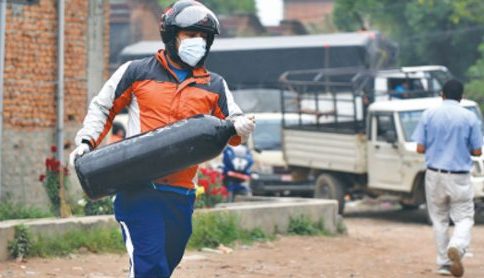


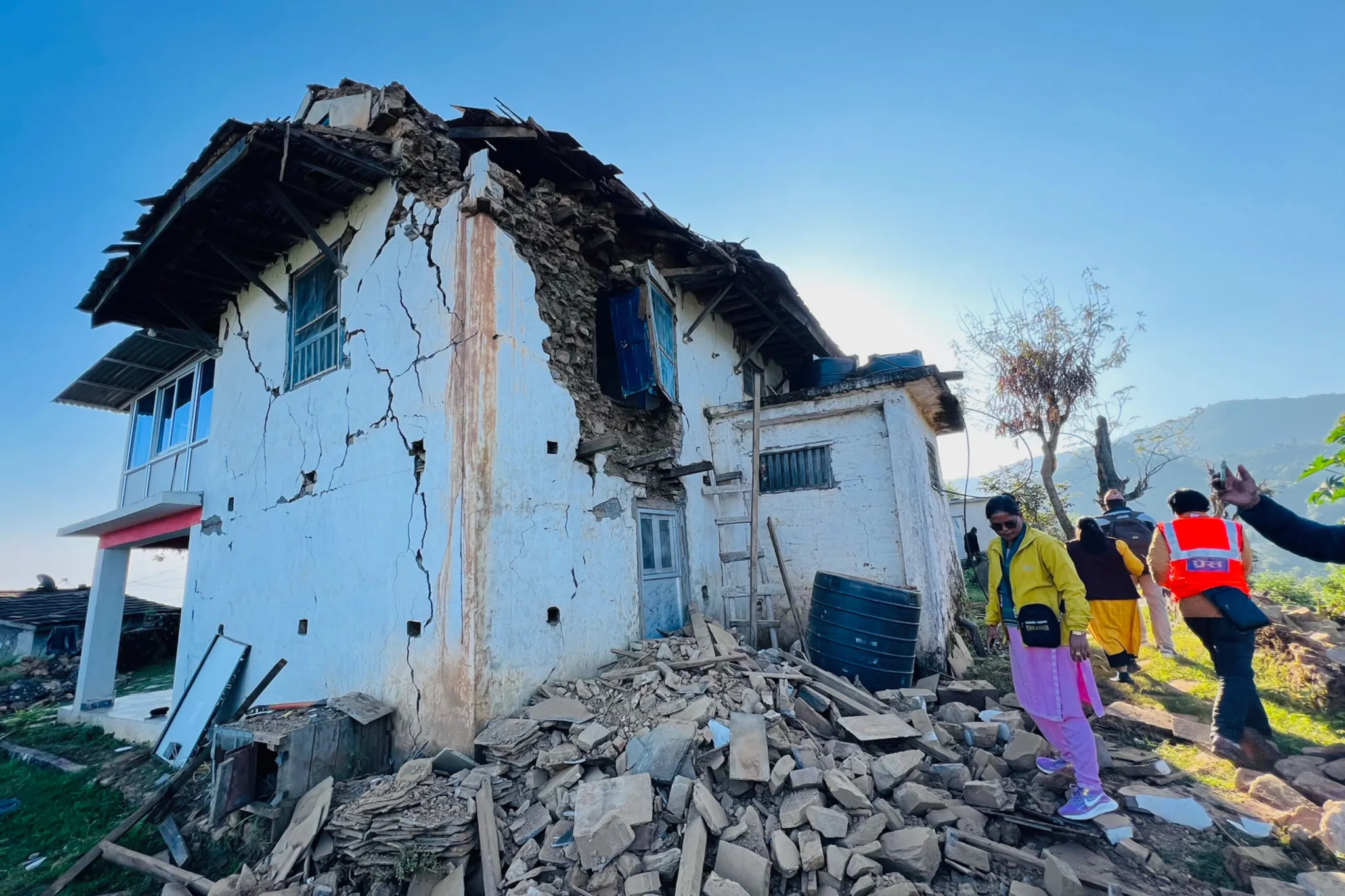


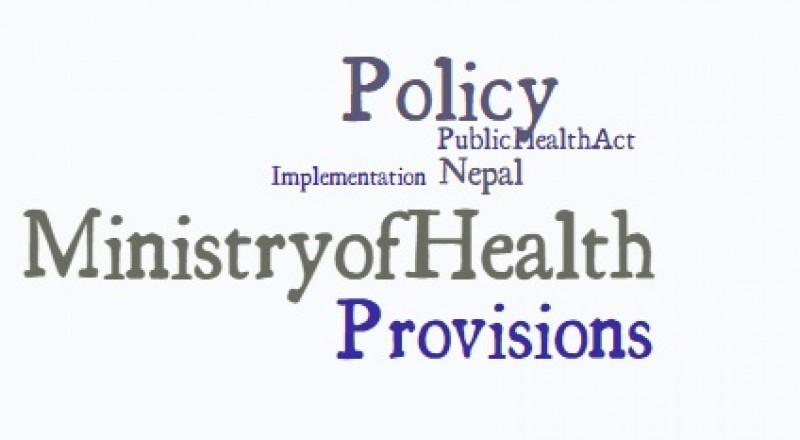
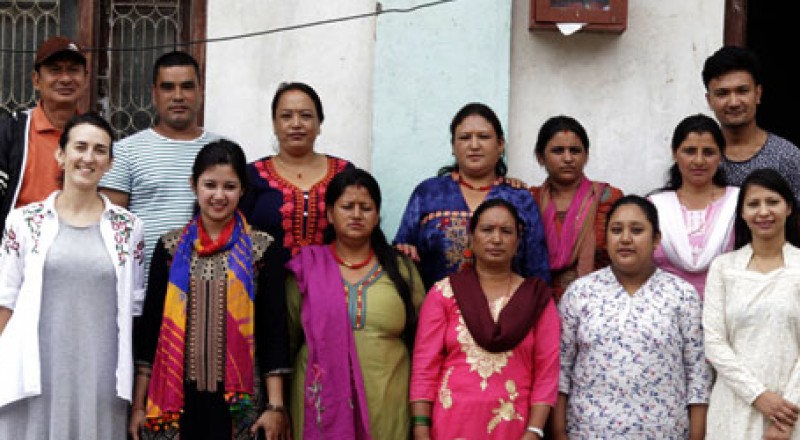
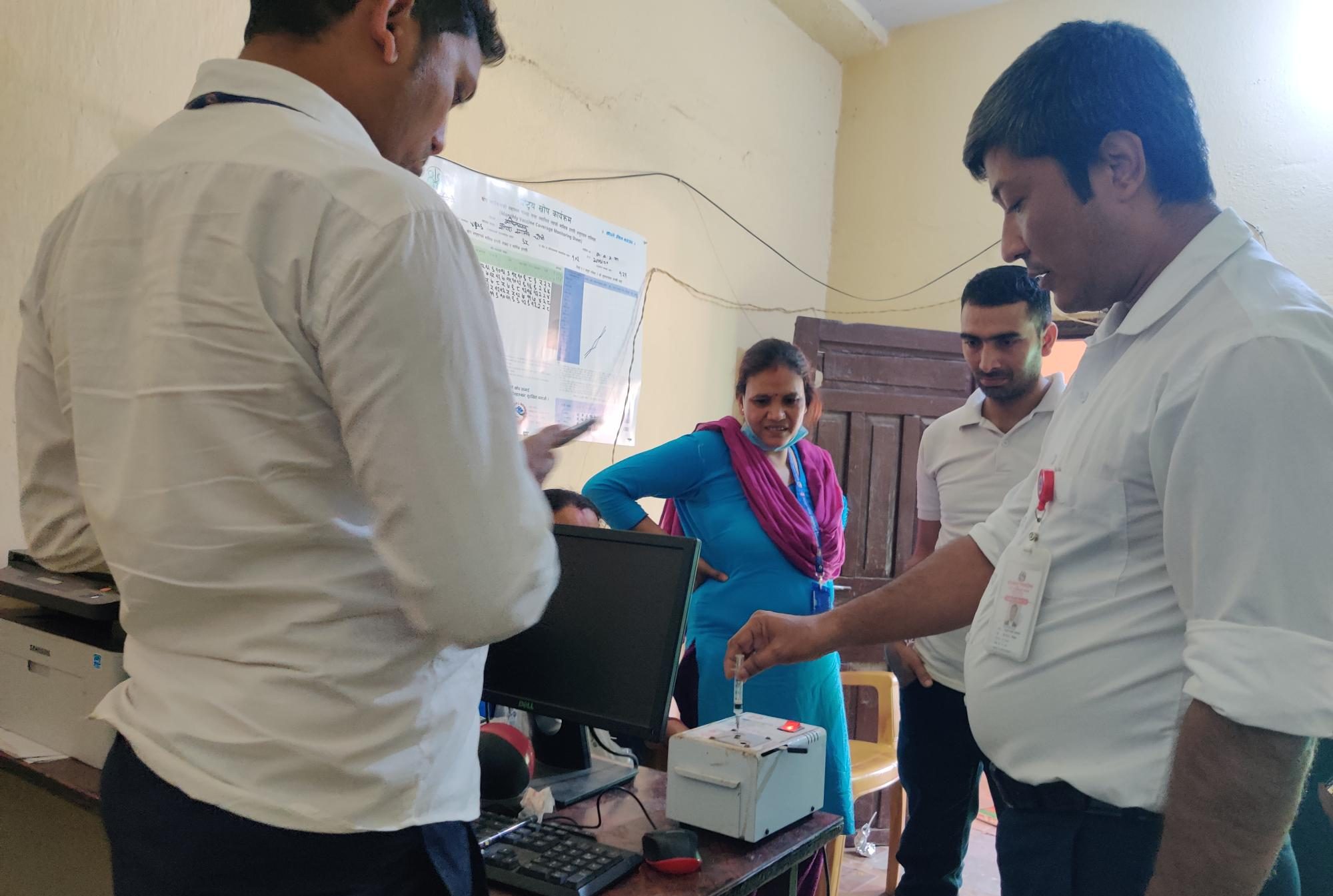
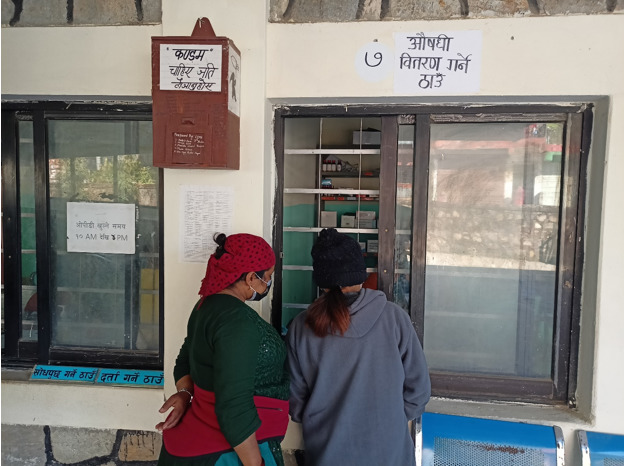

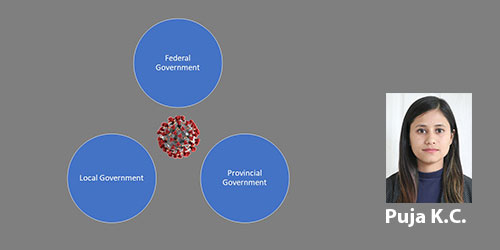
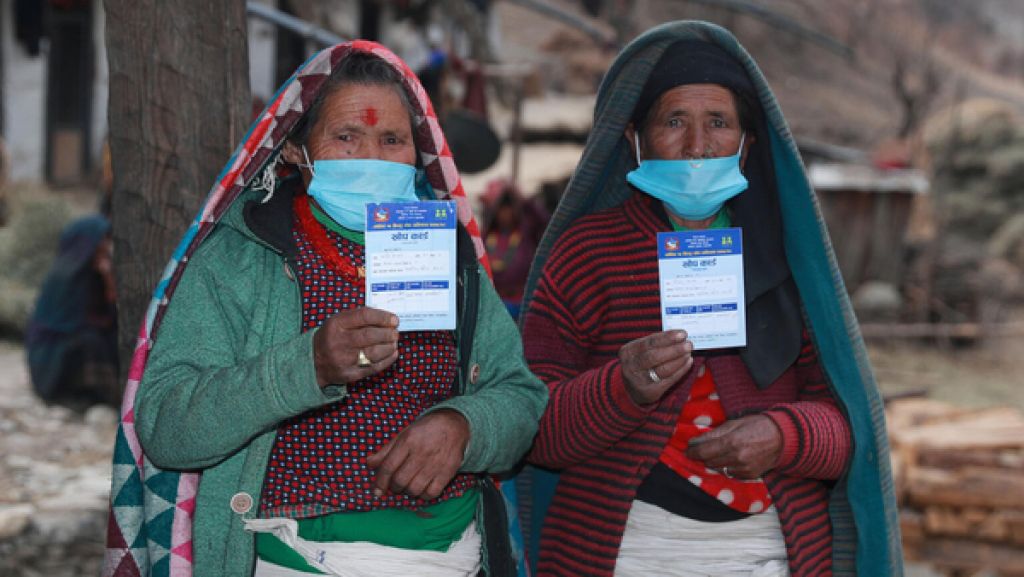
Comments (0)
No comments found.